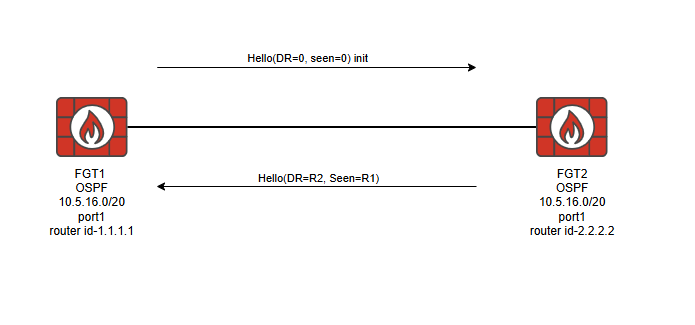- Support Forum
- Knowledge Base
- Customer Service
- Internal Article Nominations
- FortiGate
- FortiClient
- FortiADC
- FortiAIOps
- FortiAnalyzer
- FortiAP
- FortiAuthenticator
- FortiBridge
- FortiCache
- FortiCare Services
- FortiCarrier
- FortiCASB
- FortiConverter
- FortiCNP
- FortiDAST
- FortiData
- FortiDDoS
- FortiDB
- FortiDNS
- FortiDLP
- FortiDeceptor
- FortiDevice
- FortiDevSec
- FortiDirector
- FortiEdgeCloud
- FortiEDR
- FortiEndpoint
- FortiExtender
- FortiGate Cloud
- FortiGuard
- FortiGuest
- FortiHypervisor
- FortiInsight
- FortiIsolator
- FortiMail
- FortiManager
- FortiMonitor
- FortiNAC
- FortiNAC-F
- FortiNDR (on-premise)
- FortiNDRCloud
- FortiPAM
- FortiPhish
- FortiPortal
- FortiPresence
- FortiProxy
- FortiRecon
- FortiRecorder
- FortiSRA
- FortiSandbox
- FortiSASE
- FortiSASE Sovereign
- FortiScan
- FortiSIEM
- FortiSOAR
- FortiSwitch
- FortiTester
- FortiToken
- FortiVoice
- FortiWAN
- FortiWeb
- FortiAppSec Cloud
- Lacework
- Wireless Controller
- RMA Information and Announcements
- FortiCloud Products
- ZTNA
- 4D Documents
- Customer Service
- Community Groups
- Blogs
- Fortinet Community
- Knowledge Base
- FortiGate
- Troubleshooting Tip: Duplicate OSPF router ID
- Subscribe to RSS Feed
- Mark as New
- Mark as Read
- Bookmark
- Subscribe
- Printer Friendly Page
- Report Inappropriate Content
Created on
12-29-2022
09:50 AM
Edited on
10-23-2025
09:24 AM
By
![]() Stephen_G
Stephen_G
| Description | This article outlines steps to troubleshoot a duplicate router ID during the process of forming OSPF neighbors in FortiGate and FortiOS. |
| Scope |
FortiGate. |
| Solution |
In the above diagram, Router 1's router-id is 1.1.1.1, and Router 2's router-id is 2.2.2.2.
Note: The router ID will be selected based on the manually configured router ID. If a manual router ID is not configured, then the highest IP address on the loopback interface will be used. If the loopback interface is not present, the highest physical active interface IP will be preferred as the OSPF router ID.
In OSPF, the router-id should be unique on both devices to form the OSPF neighborship.
to check the ospf neighbor, run the following commands:
get router info ospf neighbor
Run the debug commands to check what router id being sent and received.
diagnose debug disable
After few minutes, disable the debugs with the following commands.
diagnose debug disable
Debug output:
get router info ospf neighbor
Note:
|
The Fortinet Security Fabric brings together the concepts of convergence and consolidation to provide comprehensive cybersecurity protection for all users, devices, and applications and across all network edges.
Copyright 2025 Fortinet, Inc. All Rights Reserved.
